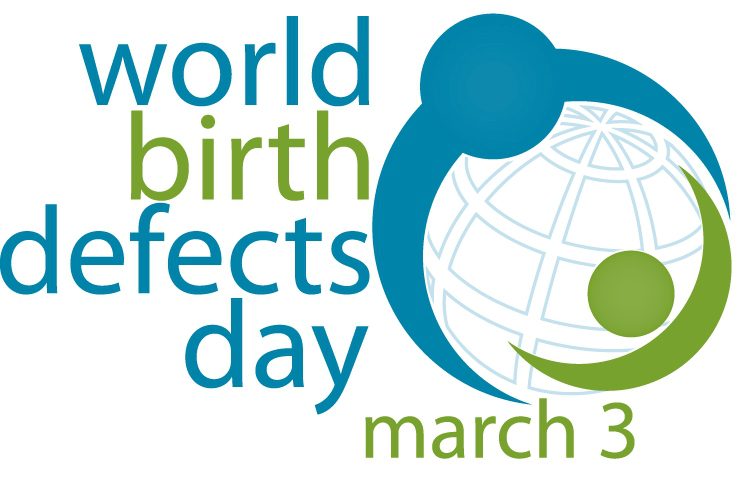REPOST
Original Article A. Manuel
Published Online NAST-Philippines
“There is a need for a policy to address the needs of the persons with rare diseases”, said Acd. Carmencita Padilla. during the Roundtable Discussion (RTD) on Rare Diseases last October 30, 2014 at Traders Hotel, Manila. The RTD was organized by the National Academy of Science and Technology, Philippines (NAST PHL) through its Health Sciences Division (HSD).
The scenario of rare diseases in the country was reviewed on a global and local scale by Dr. Mary Anne Chiong, a biochemical geneticist from the National Institutes of Health, University of the Philippines Manila. According to Dr. Chiong, the definitions of rare diseases vary depending on the number of incidences in a country. Globally, 350 individuals are diagnosed with rare diseases. However, according to the World Health Organization (WHO), orphan disorders, another name used to refer to rare diseases, occur in 6.5-10 out of 10,000 population. It is estimated that there are more than 7,000 different types of orphan disorders. In her presentation, the country’s situation and challenges in caring for these patients were assessed. She identified the challenges as delay in diagnosis, misdiagnosis, limited and high-cost of scientific treatment, and the social and emotional burden on patients and family with rare diseases.
Mr. Juan Benedicto K. Magdaraog, a patient with Pompe Disease, also served as a speaker. He shared his life with Pompe disease and the rare disease’s impact on his childhood, his well-being, as well as on his dreams and aspirations. He shared his story of overcoming many limititations and moving forward despite Pompe. Mr. Magdaraog, also called “Dickoy”, expressed his will to “change how people perceive people with rare diseases”. He is a graduate of a degree in Industrial Design from College of Saint Benilde, De La Salle University and is currently working as a front-end web designer of an IT company.
The RTD briefed the various stakeholders on the elements of the Rare Disease Act through the video of Senator Pia Cayetano’s privilege speech at the Senate of the Philippines last September 3, 2014. One highlight of the bill is allocating a portion of the RA 10351 or the Sin Tax Reform Act to health services for patients with rare diseases.
Acd. Padilla, a member of the Health Sciences Division of NAST PHL and focal person of the RTD, gave an in-depth discussion of the Rare Disease Act. The main objective of the bill is to ensure that patients with rare diseases have access to health information and medical care, including medication for their condition, and thus, will be recipients of the country’s universal health care. She also emphasized the role of different government agencies in the implementation of the bill — the Department of Health will lead this effort, while Food and Drug Authority (FDA) will review and approve the needed drugs. The National Institutes of Health (NIH) will provide technical assistance. On the other hand, the Department of Interior and Local Government (DILG) will involve the LGUs and the Department of Education will ensure health education on Rare Diseases. The Department of Social Welfare and Development (DSWD) will take care of the welfare of the people with rare diseases, including their families and Department of Labor and Employment (DOLE) will support the provision of jobs for people with rare diseases. Lastly, DOST will have a major role of providing research funding for diagnostics and development of low cost medications and products for these patients.
___________________
Volunteer Youth Leaders for Health-Philippines received an invitation from NAST-Philippines. The network was represented by members from the NCR-South Luzon Cluster.












